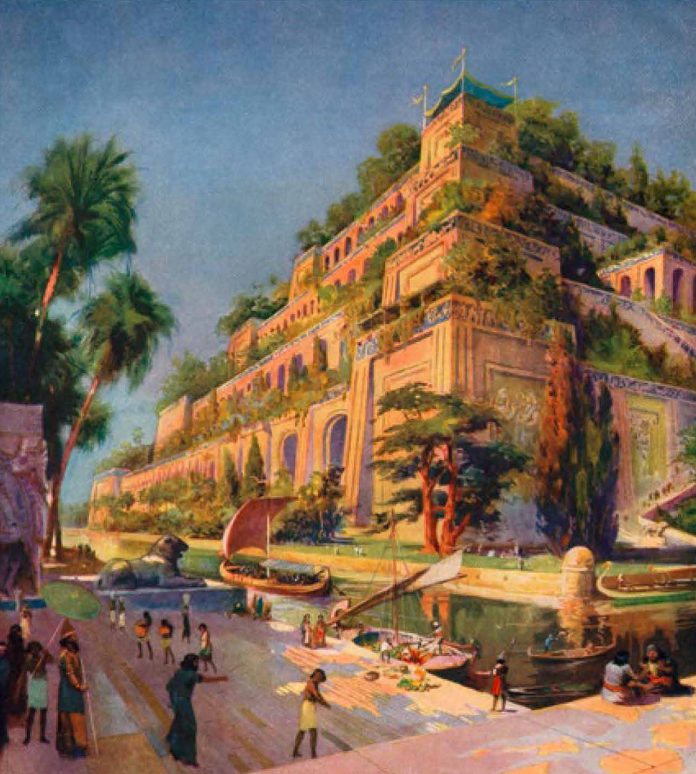(Photo: Graphicaartis/Corbis)
The Hanging Gardens of Babylon has captured the imagination of historians worldwide for centuries. Yet, its existence remains a debate as years of digging have turned up nothing about the lost Gardens.
First described in a book called Babyloniaca by a Chaldean priest named Berossus in 280 BC, the gardens were attributed to King Nebuchadnezzar II. Story has it that he built it for his wife, Amytis, who missed the lush landscape of her hometown in Media.
Even its name is believed to be emblematic – the Hanging Gardens were actually not hanging at all, but were most likely made up of multi-level terraces with plants hanging down, giving the effect of a lush mountain landscape seemingly hanging in mid-air.
Built on the banks of the Euphrates river around 600 BC in modern-day Iraq, the Gardens were inscribed by Greek historian Herodotus as one of the Seven Ancient Wonders of the World for being a remarkable engineering feat with complex irrigation systems along tiered gardens.
However, it is recent discoveries by Oxford University researcher Dr Stephanie Dalley that is shedding further light on the elusive Gardens. In her book The Mystery of the Hanging Garden of Babylon: An Elusive World Wonder Traced (Oxford University Press: 2013), she cites that the gardens could be in Nineveh, almost 600km away from the originally-believed site of Babylon.
A scholar in Assyriology, Dr Dalley pieced together ancient texts of Assyria’s King Sennacherib to reveal a garden that boasted of terraces, pillared walkways and exotic plants. King Sennacherib described it as his own “unrivalled palace” and a “wonder for all peoples”.
Check out the rest of this article in Asian Geographic No.115 Issue 6/2015 here or download a digital copy here




![The Road to Independence: Malaya’s Battle Against Communism [1948-1960]](https://asiangeo.com/wp-content/uploads/2021/07/WhatsApp-Image-2021-07-26-at-11.07.56-AM-218x150.jpeg)






